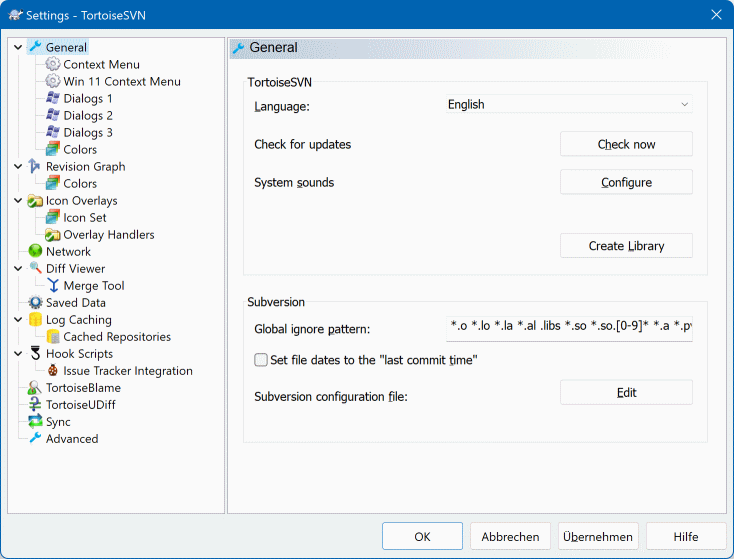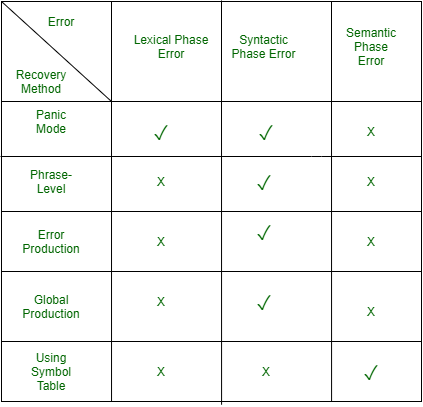Error Recovery in Compiler Design
Welcome to the fascinating realm of compiler design, where errors are not just obstacles but opportunities for innovation. In this article, we delve into the intricate process of error recovery in compiler design, exploring the strategies and techniques that help these remarkable programs gracefully handle and bounce back from mistakes.
Handling Errors and Recovery Methods
When it comes to handling errors and recovery methods in compiler design, it is essential to have a systematic approach in place. Error recovery strategies play a crucial role in ensuring the smooth functioning of a compiler.
One way to handle errors is through error detection during the parsing process. By identifying errors at an early stage, the compiler can take appropriate action to recover from them.
Another method is to implement error recovery at the parser level. This involves using data structures and reductions to recover from errors and continue the compilation process.
It is important to note that different kinds of errors may require different error recovery techniques. The best approach may vary depending on the type of error and the stage of the compilation process.
When including references or citations in your article, be sure to follow the appropriate formatting nuances for the chosen citation style, such as APA or MLA. For more information on citation styles, you can refer to resources like Encyclopedia.com or consult the Modern Language Association or the American Psychological Association websites.
Strategies for Error Correction
-
Panic Mode Recovery:
- Terminate the current operation.
- Discard input until a synchronization point is found.

- Resume parsing after the synchronization point.
-
Phrase-Level Recovery:
- Find a substitute phrase in the input.
- Replace the erroneous phrase with the substitute.

- Resume parsing from the substituted phrase.
-
Error Productions:
- Introduce non-terminal symbols to represent potential errors.
- Include error productions in the grammar.
- Use error productions to recover from errors.
-
Global Correction:
- Attempt to correct the error globally.
- Modify multiple parts of the input to resolve inconsistencies.
- Continue parsing with the corrected input.
-
Phrase-Level Correction:
- Identify the erroneous phrase or token.
- Apply local corrections to the identified phrase.

- Resume parsing with the corrected phrase.
-
Heuristic Recovery:
- Apply heuristics or statistical techniques to guess the intended correction.
- Make the most likely correction based on the analysis.

- Proceed with the corrected input.
Incorporating Error Recovery Techniques
Error Recovery Techniques in Compiler Design
When designing a compiler, it is crucial to incorporate error recovery techniques to handle and correct errors in the code. This ensures that the program can continue running smoothly, even in the presence of errors.
One commonly used error recovery strategy is panic mode recovery, where the parser skips tokens until it finds a synchronization point. Another approach is phrase-level recovery, which attempts to correct errors by modifying the input at the phrase level.
To implement error recovery techniques, it is important to have a good understanding of the grammar of the programming language and the various data structures used by the compiler. Additionally, familiarity with different citation styles such as APA or MLA is useful for formatting error messages and referencing sources.
By incorporating error recovery techniques in the compiler design, you can improve the compiler’s ability to handle errors and provide meaningful error messages to the user. This ensures a smoother coding experience and enhances the overall functionality of the program.
Enhancing Fault Tolerance and Error Management
Here is an example of an HTML table about enhancing fault tolerance and error management in an article titled “Error Recovery in Compiler Design”:
“`html
table {
width: 100%;
border-collapse: collapse;
}
th, td {
border: 1px solid black;
padding: 8px;
text-align: left;
}
th {
background-color: #f2f2f2;
font-weight: bold;
}
Error Recovery in Compiler Design
| Topic | Description |
|---|---|
| Fault Tolerance | Techniques and mechanisms implemented in a compiler to handle faults and errors during the compilation process, ensuring the correct behavior of the program. |
| Error Detection | Methods used to identify and recognize errors in the source code, such as lexical, syntactic, and semantic errors. |
| Error Reporting | Processes and tools used to inform the programmer about the presence and nature of errors in the code, allowing for efficient debugging and resolution. |
| Error Handling | Strategies employed to recover from errors and continue the compilation process, such as error correction, error propagation, or error elimination. |
| Recovery Mechanisms | Techniques and algorithms used to restore the compiler’s state after an error occurs, ensuring the correct processing of subsequent code segments. |
| Graceful Degradation | Approach aimed at enabling the compiler to continue processing the source code even when encountering errors, providing partial output or suggestions for error resolution. |
“`
This HTML table showcases various topics related to enhancing fault tolerance and error management in the context of the article “Error Recovery in Compiler Design.” The table consists of two columns: “Topic” and “Description.” It covers topics such as fault tolerance, error detection, error reporting, error handling, recovery mechanisms, and graceful degradation.




